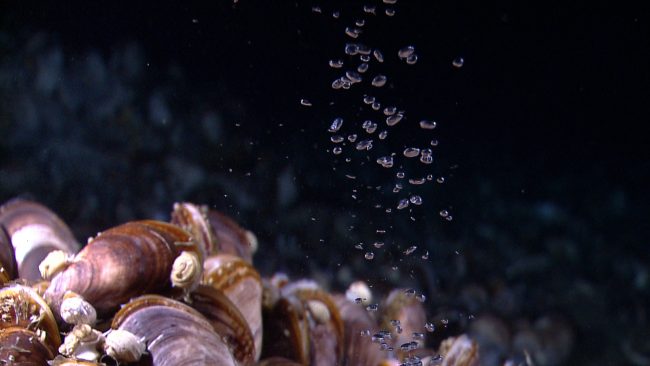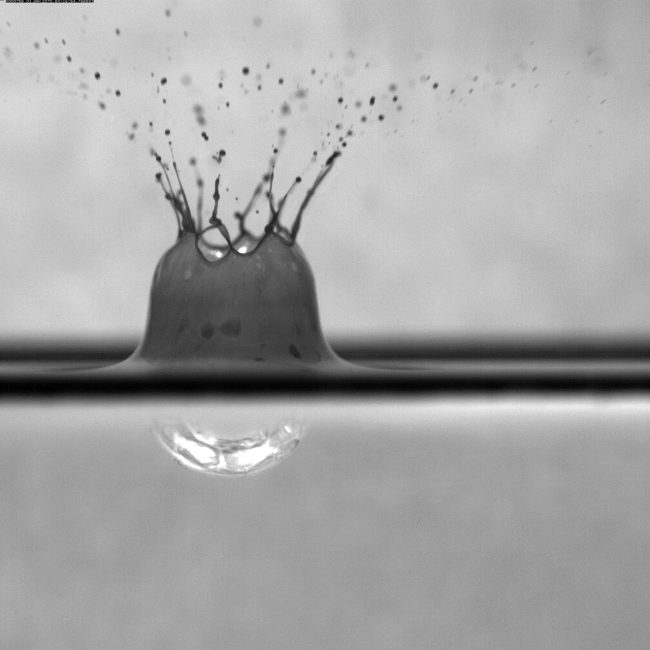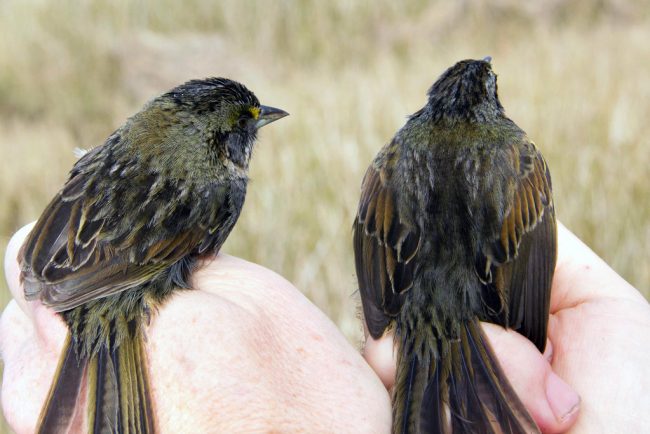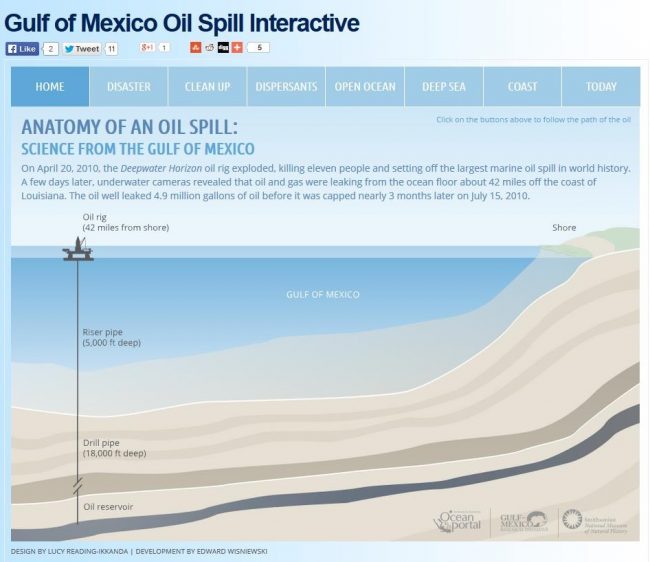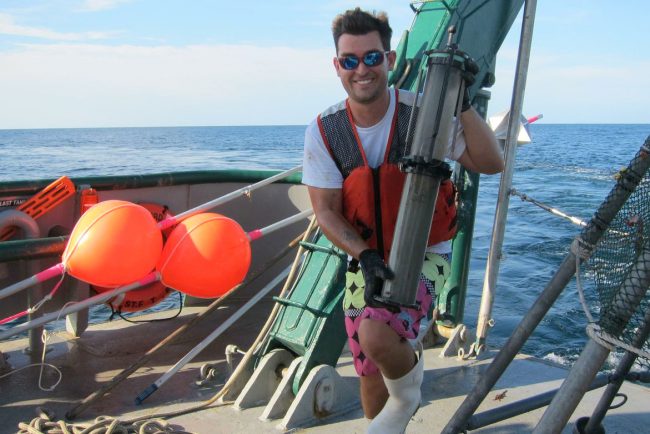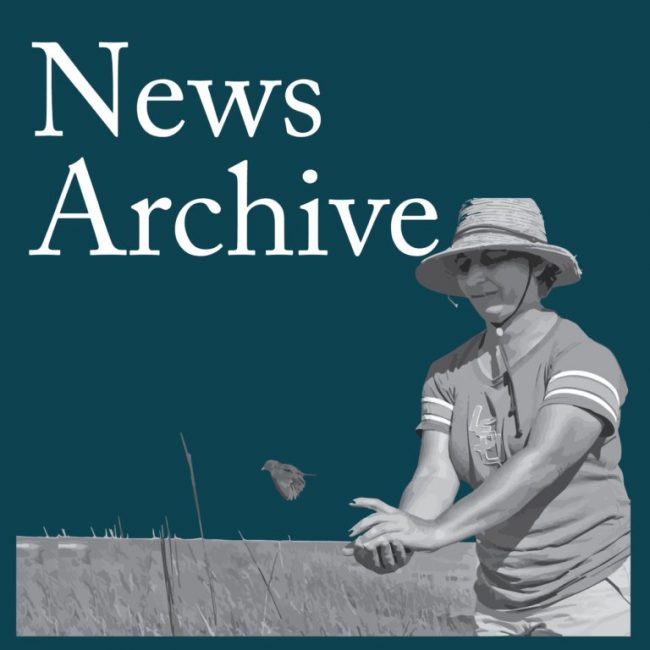Smithsonian Features GoMRI Research on Methane-Eating Microbes
During the Deepwater Horizon incident, both oil and methane entered the surrounding marine environment from the Macondo reservoir. Scientists are investigating the released methane’s effects on deep-sea ecosystems.

